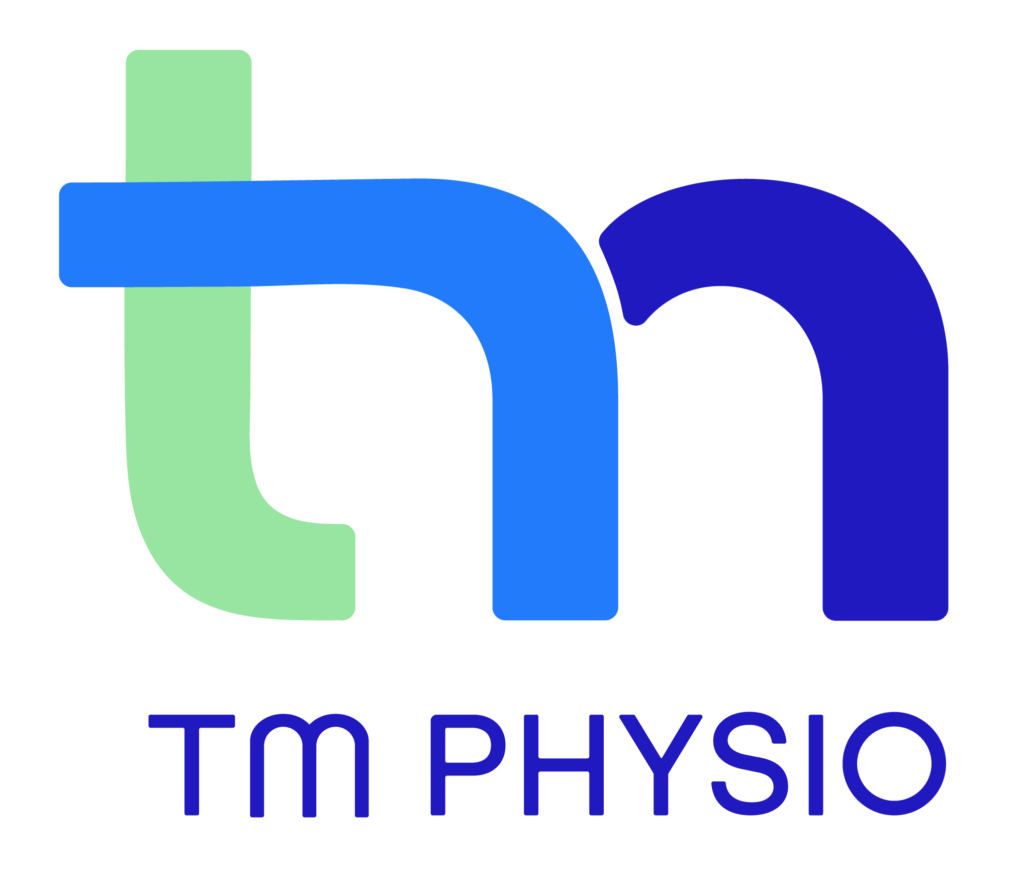This month we take a look into the world of knee meniscus injuries. Studies from the US report approximately 61 in every 100,000 people experience a knee meniscus injury every year. You are more susceptible to injuring a meniscus in your knee if you participate in sports such as football, soccer, basketball, netball and skiing. Essentially any job or sport that requires lots of squatting and kneeling can increase your risk of sustaining a meniscus injury. But what is a meniscus?

Anatomy
The meniscus are found inside the knee joint, nestling between the thigh (femur) and shinbones (tibia). They are crescent-shaped pieces of toughened tissue (a type of cartilage) and there are two in each knee. One sits on the outside part of the knee joint (i.e. lateral meniscus) and one sits on the inside part (i.e. medial meniscus).
They act as shock absorbers to the various loads and forces that pass through the knee during movement. They also have a slightly wedge-shaped appearance being thicker around the outside compared to the inside, and this provides a deepening of the joint surface to allow for a more snug-fit joint.
The top of the shinbone (tibia) is relatively flat compared to the very rounded ends of the thighbone (femur). The meniscus help to stabilise this slight mismatch of joint surfaces.
Causes Of A Tear
The most common cause of a meniscus tear is an excessive or forceful twisting of the knee whilst the foot is planted on the ground.
This might happen as a result of landing awkwardly from a jump, or from the force of another person or opponent’s body acting on the knee. During this type of movement, if the force is too much for the meniscus to withstand, tearing may occur.
The medial (inside) meniscus tends to be injured more than the lateral (outside) meniscus. This is because the medial meniscus attaches to other structures inside the knee joint, leaving it less mobile to forces acting on it compared to its lateral counterpart.
Signs And Symptoms
The experience of a meniscal tear will vary from person to person depending on the cause.
A young footballer who has been injured during a tackle with high forces involved will likely present in a great deal of pain with a swollen and restricted knee. Injuries sustained in this way are likely to be more severe with associated ligament injuries as well.
On the flip side, an older person who has been gardening for the weekend spending lots of time squatting and kneeling may present to the clinic with a very different picture.
There may be no high force movement involved, but instead the tear has occurred due to degenerative changes that have occurred to the cartilage tissue. Symptoms in these types of injury are less likely to be so acute and may only appear 24-48 hours down the line.
Signs and symptoms you might expect from a meniscal tear may include any or all of the following:
- Pain when walking, squatting or jumping
- Restriction of the knee joint with or without swelling
- Knee joint locking
- A popping or clicking sensation (often following an episode of locking)
- A feeling that the knee may give way
- Tenderness around the line of the knee joint where the tear has occurred
Diagnosis And Treatment
The first thing to do if you have injured your knee is to see a physiotherapist as soon as possible. A painful, swollen, restricted and inflamed knee following an incident is a sign something is not right, so seek help quickly.
We will ask questions about what has happened and examine your knee closely. Some people will be able to move around well, others with a severe injury may be more limited. The management of meniscal tears will vary depending on how the injury happened (i.e. are we also dealing with a ligament injury?), and the age and goals of the patient.
In some instances, we might suspect a small tear and a patient is presenting with pain but has good overall movement and doesn’t have any of the more severe symptoms such as locking or giving way. In these cases, we’d use hands-on treatment and specific exercise prescription in order to strengthen the knee and restore full function through soft tissue therapy, mobilisation and whole body movement.
In instances where we suspect a large tear and a patient is presenting with high amounts of pain, restriction and locking and/or giving way in the joint, we may first need the assistance of some imaging to determine the severity and clear the knee of any large tears.
Some tears require surgical removal of the cartilage tissue whereas some can be repaired. The surgeon will always try to retain as much of the meniscus as possible to reduce the impact on knee mechanics following recovery and for the future. Removal of meniscus is linked to increased knee osteoarthritis later in life.
Regardless of the initial management, rehabilitation will aim to:
- Reduce pain and increase range of motion to the knee
- Improve strength of the quads, hamstrings, calves and other knee and hip related muscles
- Return to sport or previous duties as soon as possible without risking further injury
Seeing a physiotherapist as soon as possible will help to limit complications and help get you back to 110% (we always like to get you back fitter than you were before the injury!) at the earliest possible opportunity. Whether your goal is to garden or return to kicking goals, we can help get you there. Call us today on 6282 5898 to book your appointment.


